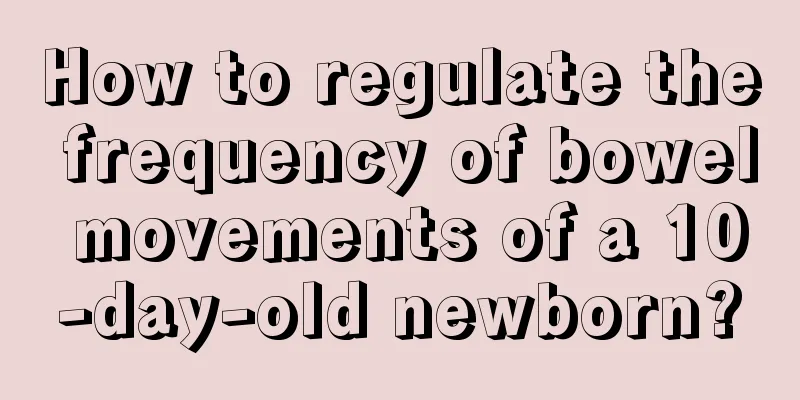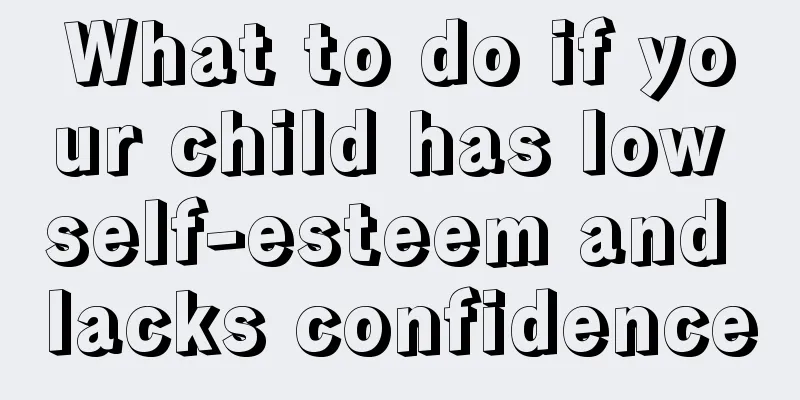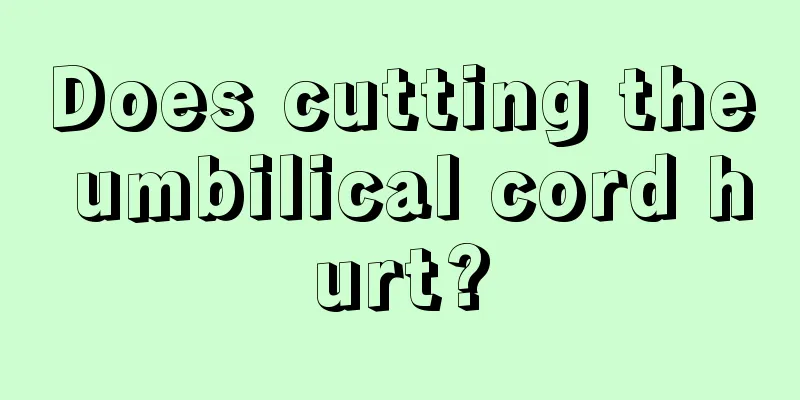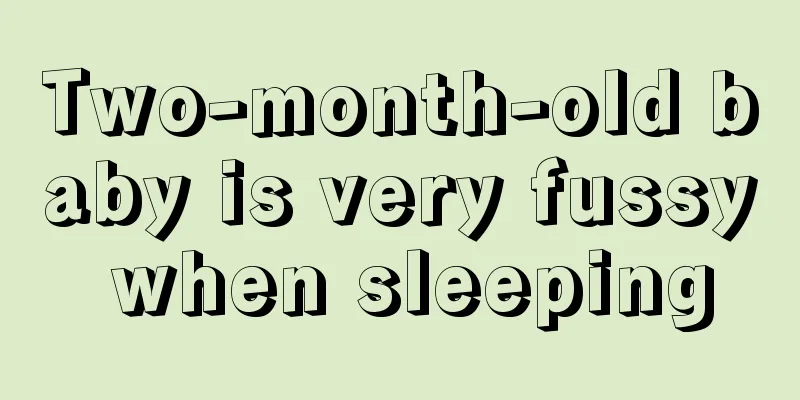Is 37 degrees Celsius considered a fever for a baby?
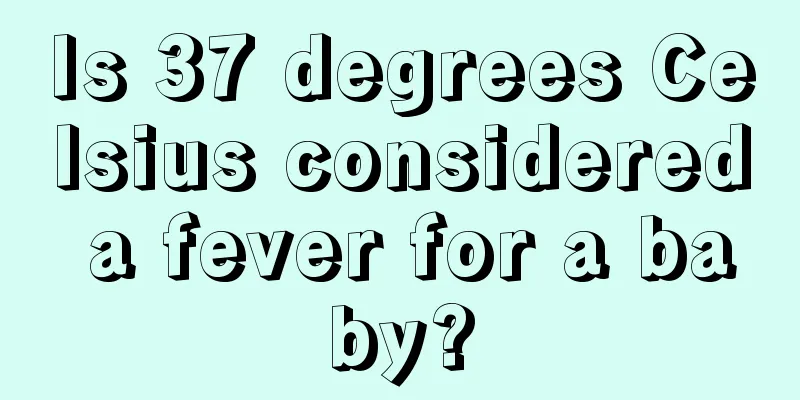
|
When infants are just born, their bodies are in a relatively weak state. In addition to ensuring that they feed breast milk normally, we also need to observe their urination, defecation, and body temperature. Many infants will have a body temperature of 37 degrees after birth. The normal body temperature of an adult is between 36 and 37 degrees. So, is an infant's body temperature of 37 degrees considered a fever? Let's find out. The initial symptoms of a child's fever are red face, hot forehead, cold hands and feet, and poor spirits. In addition, there are symptoms of various systems, such as runny nose, sore throat, and cough in respiratory tract infections, abdominal pain, vomiting, and diarrhea in gastroenteritis, and frequent urination, painful urination, and low back pain in urinary tract infections. The accompanying symptoms of various systems in infants are atypical, and may only include anorexia, vomiting, and diarrhea. There are many diseases that cause fever. Parents should pay attention to the pattern of their children's fever and accompanying symptoms, and go to the hospital for examination in time and receive early treatment. The normal body temperature of the human body is 36-37℃. 37-38℃ is a low fever, 38-39℃ is a moderate fever, above 39℃ is a high fever, and above 40℃ is an extremely high fever. Young mothers do not need to panic when they find that their children have a fever. They can take some emergency measures at home in time to relieve the symptoms. Every family should have a thermometer and antipyretics for emergency use. Children with fever should have their temperature measured every 1-2 hours. It is not advisable to use antipyretics when the child's body temperature is below 38.5℃; when the body temperature exceeds 38.5℃, physical treatments such as cooling patches or ice compresses can be used to reduce the temperature, or children's antipyretic tablets can be taken in appropriate amounts; when the body temperature exceeds 39℃, the child should stay in bed, open the blanket or loosen the clothes to expose the skin, and place an ice bag or a cold, wet towel on the head. Go to the hospital for diagnosis and treatment as soon as possible; during high fever convulsions, the child's eyes will stare or move upwards, he will lose consciousness, will not respond to calls, his lips, face and body will be blue, and his limbs will twitch. Parents should immediately press the child's "Ren Zhong" acupoint (at the midpoint of the nasolabial groove), with strong stimulation continuing for 1-3 minutes until the child cries, and then use the above method to quickly reduce the temperature. At the same time, go to the hospital for diagnosis and treatment immediately. Babies under six months old generally do not receive antipyretic injections or take antipyretic medicine when they have a high fever. The best way to reduce the temperature is a warm water sponge bath. Regardless of whether the fever subsides after emergency treatment, the child should be taken to the hospital for treatment. Things to note after diagnosis; After a visit to the hospital, when you return home, there are simple things a mother can do to make her baby more comfortable. Drink more water. Drinking water helps to sweat and dissipate heat, lower body temperature and replenish the water lost by the child's body. Drinking water is not limited to plain water. Children can drink some fruit juice, beverages, etc. to replenish water and vitamins, or drink more soup. When a child is sick and has no appetite, you can let him/her eat some cake, tofu, etc. Pay attention to keeping warm. Insulation does not mean the warmer the better. When your child has a fever, remember not to let him dress in too many clothes or cover him with too thick a quilt. This traditional method of "covering up sweat" is not conducive to dissipating heat and reducing fever. Just let your child wear one more piece of clothing than an adult would normally wear. |
<<: Is sea cucumber suitable for children?
>>: How to treat mumps in children? Treatment of mumps in children
Recommend
3-year-old child with rhinitis
Adults feel miserable after suffering from rhinit...
Can children eat Panax notoginseng powder?
Children's bodies are in the development stag...
How to cook duck meat for babies
The chewing function and digestive system develop...
How many months does the baby start calling mom?
It is very hard for mothers to take care of their...
What can children drink to grow taller?
A child's height starts to increase day by da...
Causes of diarrhea and fever in babies
Babies have delicate bodies and may suffer from v...
Three month old baby's head tilted back
We all know that in the first few months after a ...
Introduction to baby seborrheic dermatitis
Many friends may not know that seborrheic dermati...
3 month old baby not sleeping at night
When the baby is three months old, his body is in...
How can neonatal cerebral edema be treated?
When a baby is born in the family, it will bring ...
What to do if your child doesn’t like to eat vegetables
Children's refusal to eat vegetables is a pro...
Reasons why babies sweat a lot at night
Everyone knows that children often sweat a lot wh...
What should we do if children have bacterial fever?
Children often suffer from various diseases becau...
How to add complementary foods
Food is very common, and there are many types of ...
What are the dangers of flying with babies?
Nowadays, many parents want to bring their babies...

